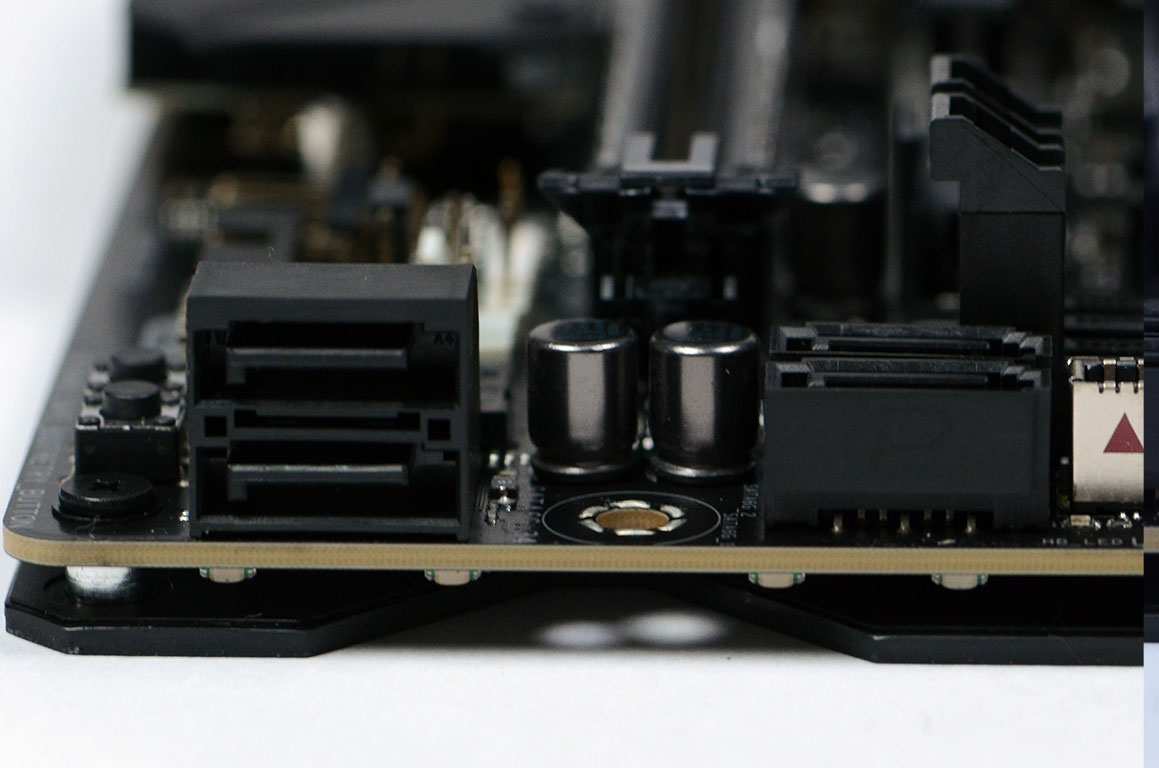- Joined
- Feb 24, 2010
- Messages
- 1,567 (0.28/day)
- Location
- Indiana
The small form factor market has gained a lot of traction over the past decade, and hardware vendors have engaged in an arms race to cram as many features as possible into SFF motherboards. ASUS has landed a decisive blow in that fight with the ROG Crosshair VIII Impact. ALL the features of a full ATX board have been put into a package slightly larger than Mini-ITX.
Show full review
Show full review






